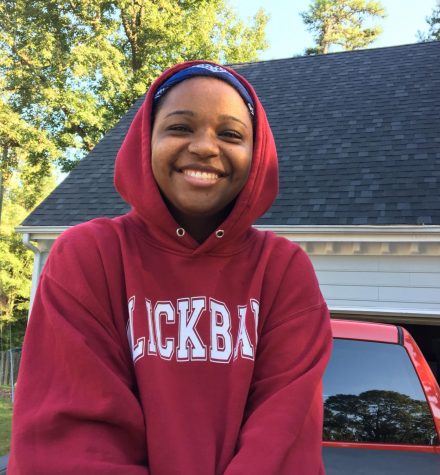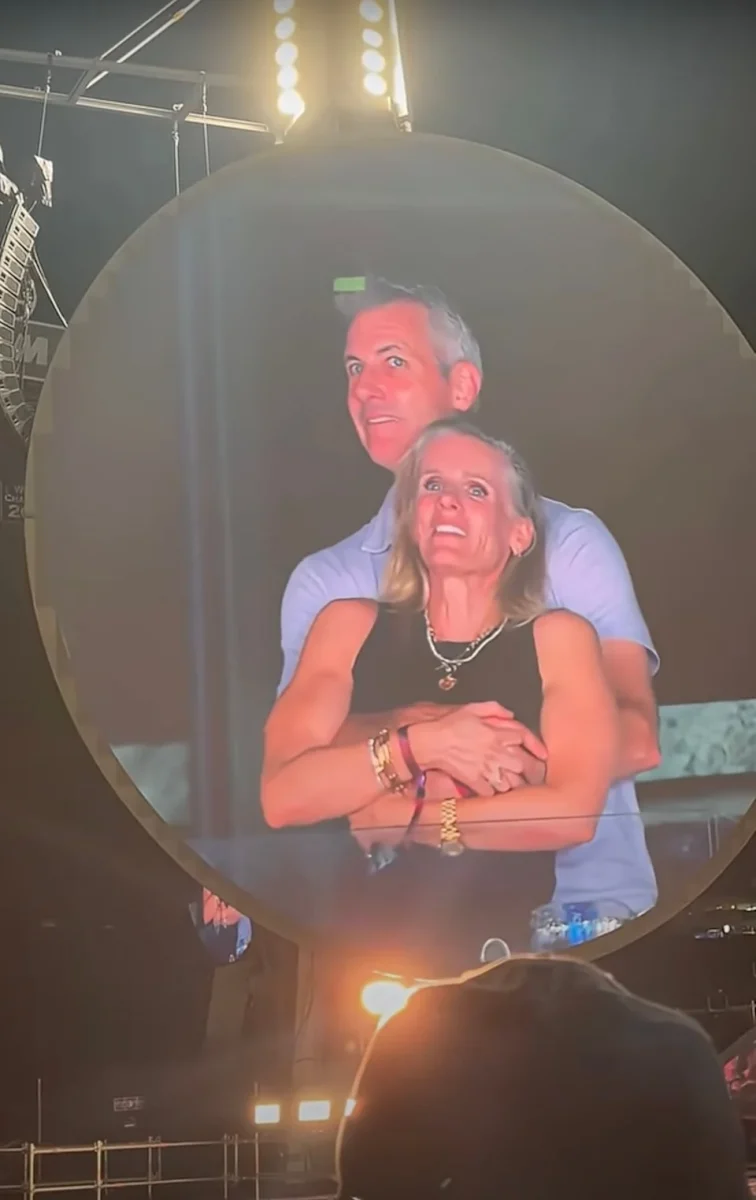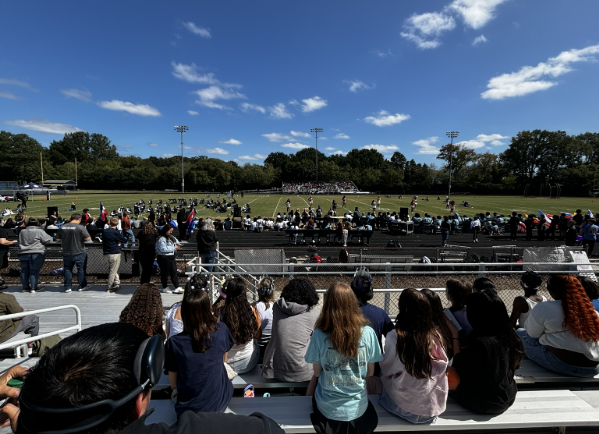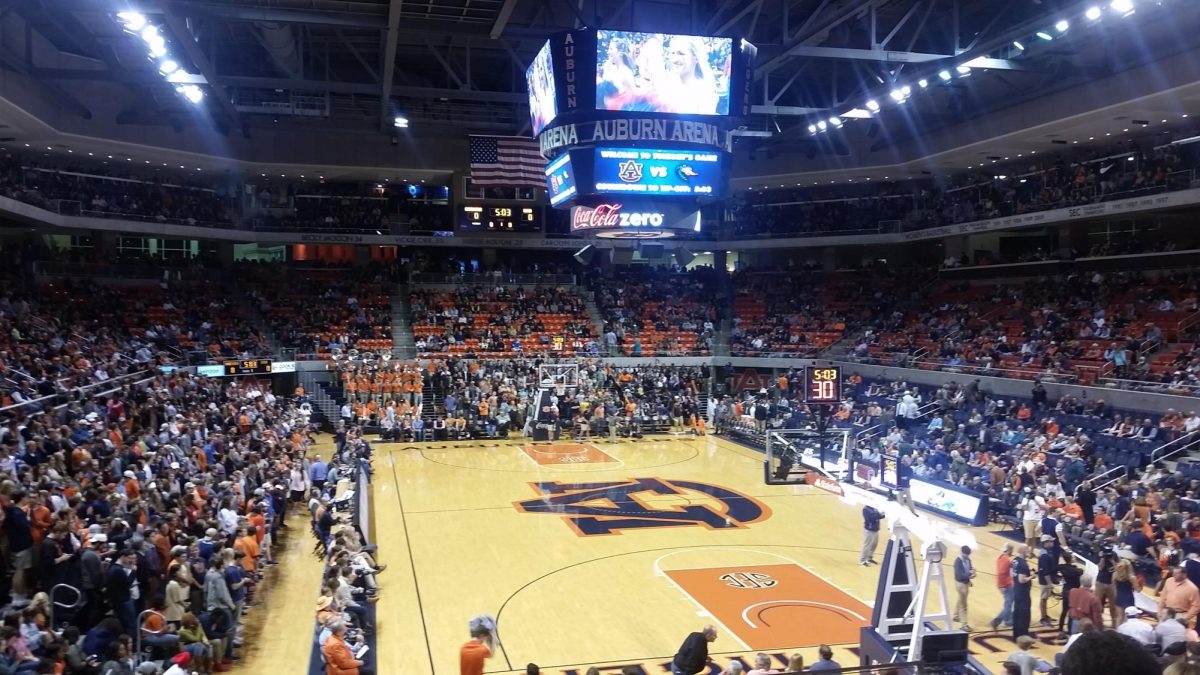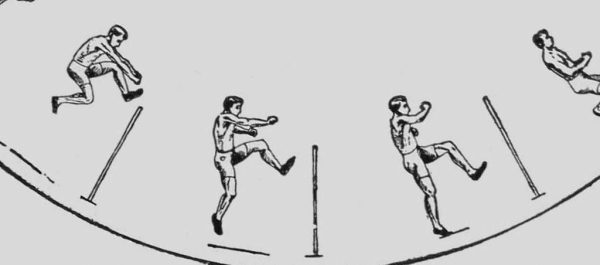NASA confirms candidate names for the mission to Mars
Holding their hands in the air, the four members of the Mars Mission smile proudly. The chosen ones stand ready to take the picture in commemoration of their first group meeting since they volunteered.
April 1, 2020
In the midst of this Corona crisis, a piece of news from NASA’s information hub has surfaced with great promise. Since last week, not only have they released statements regarding the Mission to Mars trip, but their biggest news yet just might be the fact that they can now finally confirm the names of the four candidates they have chosen for the expedition. With the possibility of colonizing Mars in the next eight to nine months, NASA experts and scientists have wasted no time preparing elaborately for this very moment. By May 25, they will be ready to go.
The names of the four crew members are Frances Brown, Mark Robbins, Callie Adams, and Charles Mckevney. Already making an appearance in headlines everywhere, the four names are being praised by networks for their bravery. All the way from small-town Radnor, Ohio, twenty-eight-year-old Francis Brown was the first and youngest of the names on the list. Frances Brown’s adventurous spirit will not only equip her well for such a long trip, but it will be useful to her when she is in space completing her exploration activities. Thirty-seven-year-old Mark Robbins is not only a dad but a body builder as well. He has mentioned that he plans to co-parent from space. Thirdly, we have thirty-three-year-old Callie Adams, a European elementary teacher. In an interview, she commented about how intensely she will miss her students but concluded sometime in space will not do any harm. Lastly, NASA announced twenty-nine-year-old Charles Mckevney. He is a pro-athlete with no baggage and is perfectly ready to go on the trip. NASA told news reporters that once they are all cleared negative for COVID-19, on May 10, they will all go through the NASA Oath and ceremony to be able to be in close proximity in their rocket. Junior Alex Strantons stated, “I wish I could go with them. That is a once in a lifetime opportunity.”
The reason why they are still launching this year is due to timing reasons with orbits and building plans on Earth. Back in January, before the pandemic started spreading rapidly, NASA’s hub was busy testing the rover’s radio: the main task. The objectives for the rover were not only to land safely but most importantly, the rover needed to cast a clear signal for coherent communication on both ends. Given that their signal technology, named the FAULT-21, was new, it required months of tedious analysis and investigation in order to be approved for space shuttles. Regardless of the launch exposing some slight radio issues in dust storms, it seems as though those complications have been patched and are ready for the candidates.
Given the world’s current issues, candidates have discussed in interviews how this mission is more than colonizing. This group of fit men and women will not only make history, but the mission just may open the discussion for how we can avoid future health-debilitating pandemics. Thanks for reading all of this, April fools!



